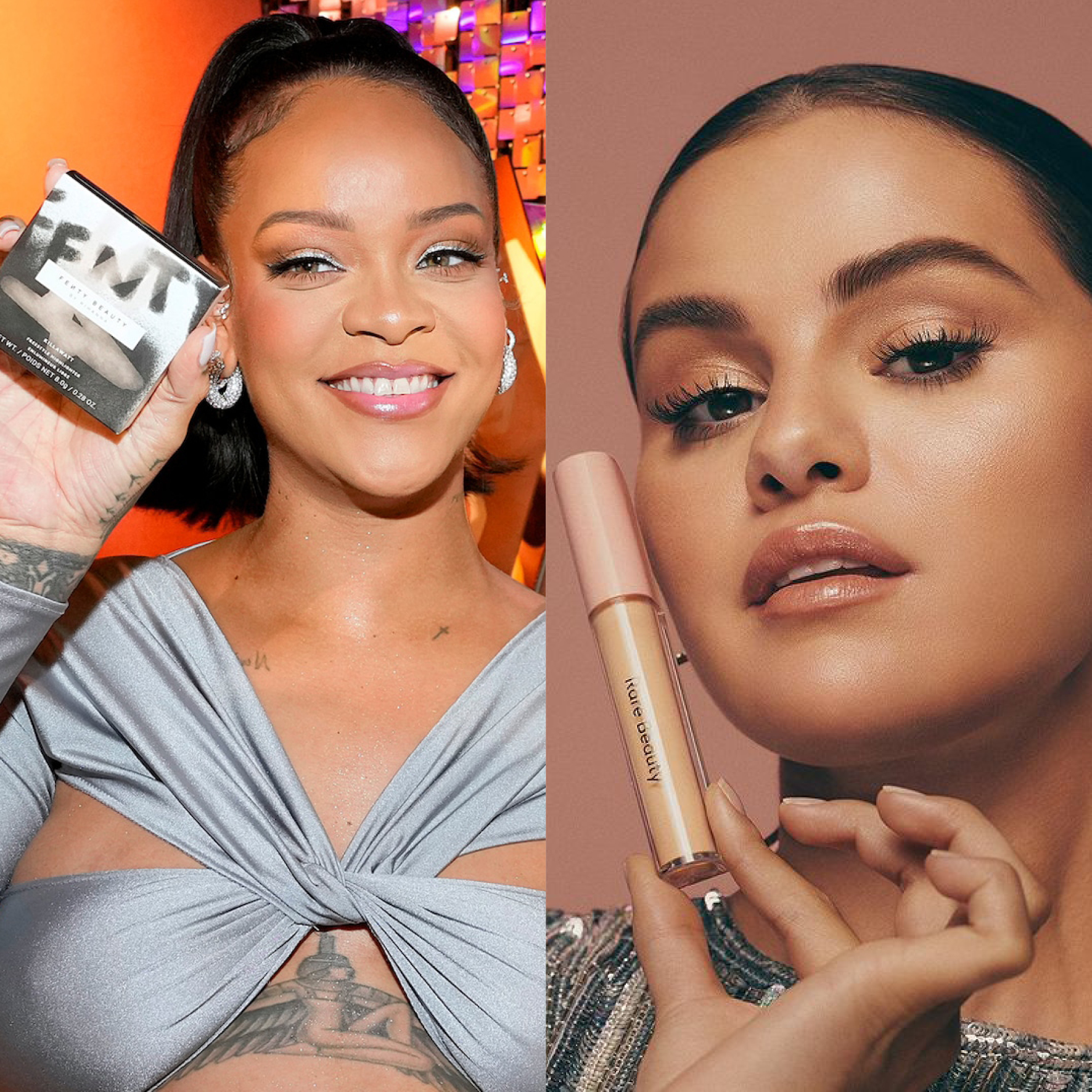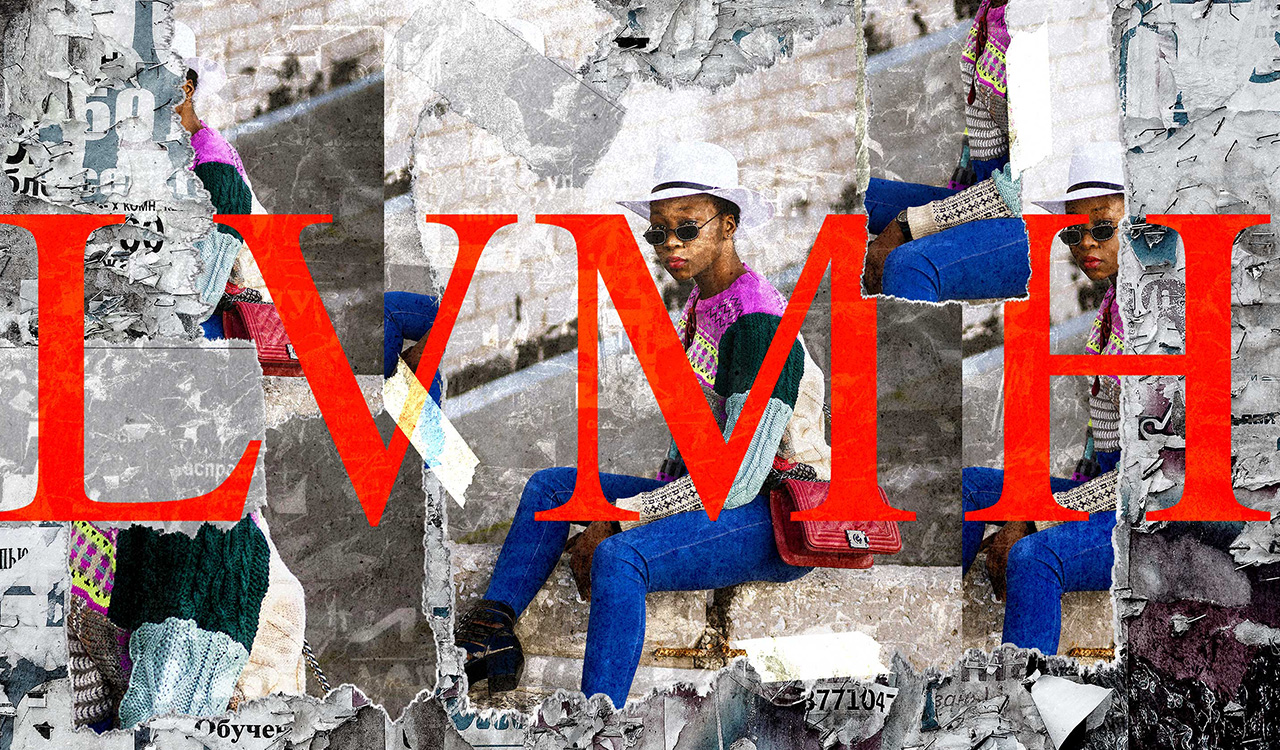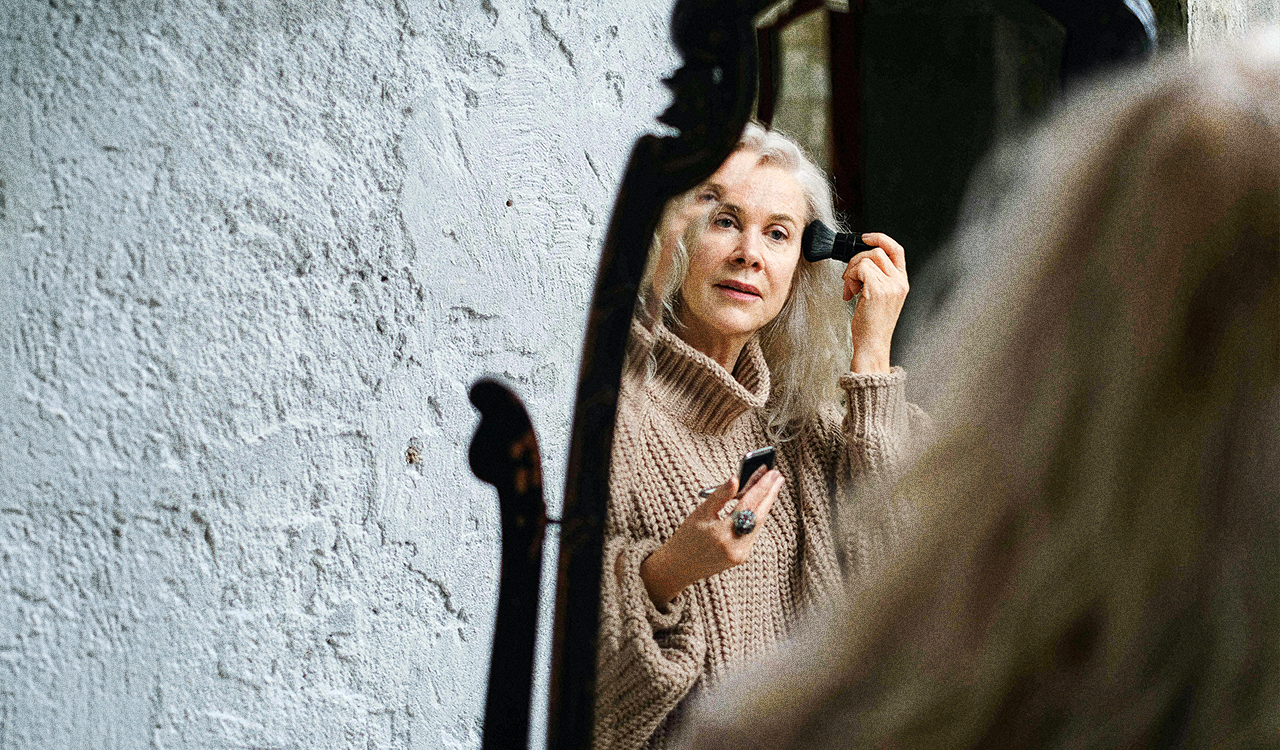We are living in extraordinary times as we come out of a once-in-a-lifetime collective reset. And as we heal, recalibrate, and seek joy, we are prioritizing experiences that move us. Great retail can do this through breakthrough products that speak to our multi-hyphenated needs and superior brands that build on functional excellence and imbue it with emotional and creative meaning by tapping into the big-picture power of culture. Brands that connect the dots and deliver on all these fronts are hard to displace.
Your brand culture strategy begins with some serious soul searching. What are those values you care deeply about? How are you fighting for them, and making a difference for the better? Do your customers and employees share these values?
Culture, the sum of artistic, social, and intellectual expressions that signal the present and near future, is the lens through which we experience and shape our identities. We need culture more than ever to make sense of it all and to inspire a better way forward. As a brand, if you crack the culture code you have a window into the human condition, the most powerful insight into human-centered innovation and creativity. Brand innovation and brand-building should be this ambitious in its quest to get people. Anything else will leave you in the dreaded middle.
Culture Cred
A brand that gets culture is one within the zeitgeist that steps ahead of the competition. Look at brands like Apple and Nike that have bet on the power of individual identity, creativity, and drive, (in that order) with products delivering and creating a cultural brand identity. And in the case of Nike, it expanded on its cultural DNA around social action by actively taking a stance on social issues and backing up athletes with a purpose like Colin Kapernick and Serena Williams.
Beauty brands like Fenty by Rihanna and Rare by Selena Gomez have also aced channeling culture to deliver both rigorously crafted and beloved beauty products around unmet needs while also serving a contagious sense of community around inclusive beauty and mental wellbeing. And in doing so they reframed a beauty category that fed traditionally on personal insecurities and toxic definitions of beauty. Rihanna and Selena have each made real cultural and brand transformations.
Both Fenty and Rare also highlight the power of the celebrity creative director, harnessing their creative vision and powerful direct relationship with their followers as a source of brand strength. Perhaps the most powerful example of this dynamic permeating even luxury has been the appointment of Pharrell as menswear director for Louis Vuitton. The appointment reaffirms that big creative vision, rather than a technical command of craft, is perhaps the most important qualification to lead the next generation of lifestyle brands. And it shows how culture is the strongest way forward.
Designing A Culture System
Becoming a grand cultural power is no easy task, however. It requires designing, nurturing, and protecting systems that champion human truths and an internal culture that is curious, open, creative, and like the global and multicultural marketplace, diverse.
Being a power brand also means having a clear sense of your brand values, your role in culture at large, and fighting for those values. Look at Patagonia’s augmented equity around its unapologetic championing of the environment while also being profitable. Creating brand systems and a culture of meaningful engagement should be the priority of the corporate suite and of disruptors of all sizes intent on building a better and smarter way for customers emerging with new and committed values and lifestyles.
Unlock Your Cultural Potential
Your brand culture strategy begins with some serious soul searching. What are those values you care deeply about? How are you fighting for them, and making a difference for the better? Do your customers and employees share these values? If so, explore ways to turn this into a deeper form of connection and collaborations. Also, be critical and push outside comfort zones. Are there conversations you should be having that you are not? Do your team and collaborators reflect the diversity of the marketplace? All of this requires listening, reflection and refreshed brand visions to make sure you are one with the culture you are part of and can harness it for growth on all levels. Resulting from this should be a clear sense of your brand culture and vision.
Culture Is Everything
Once you put culture at the center of your discovery, design, and commerce plans, then explore all the creative ways to bring that energy to life, creating excitement around your brand, product, and experience, including:
- Make culture your north star. A cultural underpinning allows you to meaningfully filter and guide your actions, both internally and externally. It provides a natural guide for what is brand right and what isn’t, giving you the credibility to lean in informed and confident into socio-cultural conversations, avoiding trying too hard or cultural insensitivities.
- Think like a house of culture. Establish partnerships with artists and creators that love your product and have a creative vision that expands on what your brand is all about. Collaborate with them to make statements that spark conversations while highlighting your brand essence. The feedback coming from these exercises is also incredibly valuable.
- Design and curate for collectors. Design around desire to generate interest and love from your consumer. Put extra design touches and unpack the creative backstory to make every key product and collection something you want to keep, the perfect investment at a time when resale, heirlooms and pieces that define their eras are the most coveted.
- Harness curated commerce. Leverage personalization and creative storytelling to make commerce much more inspiring, personal, and addictively fun.
- Connect more meaningfully through deeper conversations and discoveries with your consumers and collaborators. Harness smart data to understand consumer needs and product affinities and then create narratives around culture, craft and personal recommendations to make it all more powerful and enticing.
When retail seems purely transactional and just plain boring to consumers, a cultural vision can you give the exciting and creative confidence to create something extraordinary that connects viscerally with your customers.
Roberto Ramos is CEO & Chief Creative Officer, The Ideatelier. The Ideatelier works with ambitious brands to unlock innovation and creativity at the intersection of culture and business, with a focus on cultural forecasting and strategies, opportunity mapping, innovation and concept development, and breakthrough branding and marketing that moves people. www.theideatelier.com




